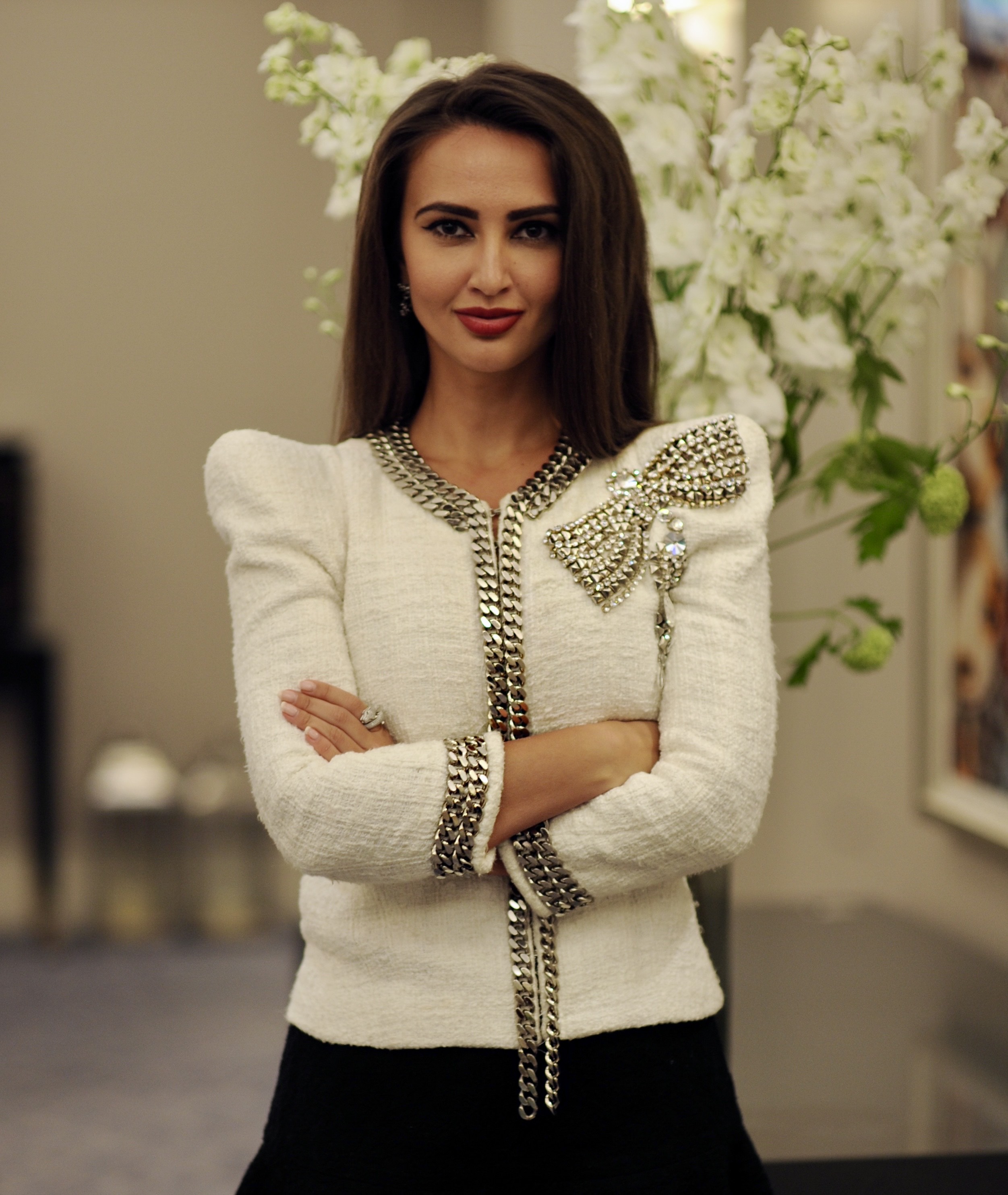The world of fine jewelry has always been associated with luxury, craftsmanship, and exclusivity. However, Alina Burnard, an innovative entrepreneur, in collaboration with Christie’s, the renowned auction house, is pushing the boundaries of the industry by introducing fine jewelry tokenization services. This groundbreaking initiative aims to revolutionize the way fine jewelry is bought, sold, and authenticated, offering a new level of transparency and accessibility for collectors and enthusiasts worldwide.

The Need for Fine Jewelry Tokenization
Fine jewelry is often considered an investment, with values that can appreciate over time. However, the industry has faced challenges related to provenance, authentication, and liquidity. Alina Burnard recognized these challenges and sought to bridge the gap between traditional jewelry markets and the emerging world of blockchain technology.
The Collaboration with Christie’s
In a strategic partnership, Alina Burnard teamed up with Christie’s, a name synonymous with excellence and expertise in the art world. Together, they embarked on a mission to create fine jewelry tokenization services that would leverage blockchain technology, enabling collectors to acquire and trade fine jewelry with increased confidence and efficiency.
How Fine Jewelry Tokenization Works
Fine jewelry tokenization involves the creation of digital tokens representing physical pieces of jewelry. Each token is backed by the actual jewelry item, creating a unique link between the physical and digital realms. This process ensures that the tokens retain the value and authenticity of their corresponding jewelry pieces.
The Benefits of Fine Jewelry Tokenization
Enhanced Provenance and Authentication: By tokenizing fine jewelry, every piece becomes traceable on the blockchain, establishing an immutable record of its history, including details about its origins, craftsmanship, and previous ownership. This increased transparency bolsters trust and confidence among collectors and potential buyers.
Fractional Ownership and Liquidity: Tokenization enables the fractional ownership of fine jewelry, allowing investors to purchase fractions of high-value pieces. This democratizes access to fine jewelry investments, providing liquidity and opening up opportunities for a wider range of investors.
Streamlined Transactions: Fine jewelry tokenization simplifies the process of buying and selling jewelry. Blockchain technology ensures secure, efficient, and tamper-proof transactions, reducing the need for intermediaries and associated costs.
Global Reach and Accessibility: Tokenization services facilitate international trade, allowing collectors and investors from around the world to participate in the fine jewelry market. This global reach creates a more inclusive and diverse marketplace.
The Impact on the Fine Jewelry Industry
The introduction of fine jewelry tokenization services by Alina Burnard and Christie’s is set to transform the industry in several significant ways:
Increased Market Efficiency: Tokenization brings liquidity to an otherwise illiquid market, facilitating easier and faster transactions. This newfound efficiency attracts more participants and stimulates market growth.
Enhanced Trust and Security: Blockchain technology ensures a high level of security, preventing fraud and providing buyers with confidence in the authenticity and provenance of their jewelry investments.
Market Expansion and Innovation: Tokenization services pave the way for innovative business models and new investment opportunities within the fine jewelry industry. This can include fractional ownership, customized portfolios, and the development of secondary markets.
Preservation of Legacy and Cultural Heritage: Fine jewelry tokenization helps preserve the legacy of important jewelry pieces by ensuring their digital representation is accessible and protected, even if the physical piece changes hands over time.
Conclusion
Alina Burnard’s collaboration with Christie’s to create fine jewelry tokenization services represents a pioneering step towards revolutionizing the way fine jewelry is bought, sold, and valued. By leveraging the power of blockchain technology, this initiative enhances transparency, security, and accessibility in the fine jewelry market. As tokenization becomes more widely adopted, it is poised to reshape the industry, stimulating innovation, expanding the market, and preserving the legacy of exquisite jewelry pieces for future generations.
The partnership between Alina Burnard and Christie’s demonstrates a shared commitment to pushing boundaries and embracing the potential of emerging technologies. By combining Burnard’s vision and expertise in blockchain integration with Christie’s unparalleled knowledge and reputation in the art and auction industry, they have created a platform that bridges the gap between traditional luxury and the digital age.
As the fine jewelry tokenization services gain traction, collectors, investors, and enthusiasts will benefit from increased accessibility and a more secure investment environment. The ability to own fractional shares of high-value jewelry pieces opens up investment opportunities to a broader range of individuals, democratizing access to the traditionally exclusive world of fine jewelry.
Moreover, the transparency and traceability offered by blockchain technology address longstanding concerns surrounding the authenticity and provenance of fine jewelry. Buyers can verify the history and ownership of a tokenized piece with confidence, eliminating doubts and mitigating the risks associated with counterfeit items. This newfound trust fosters a healthier marketplace, where collectors can make informed decisions and invest with peace of mind.
The impact of fine jewelry tokenization extends beyond the immediate benefits to collectors and investors. The preservation of legacy and cultural heritage is a significant aspect of this groundbreaking development. By tokenizing and digitally recording important jewelry pieces, their stories and artistic value are safeguarded for future generations. This digital legacy ensures that the historical significance and craftsmanship of these jewelry pieces endure, even if they change ownership over time.
Looking ahead, the collaboration between Alina Burnard and Christie’s sets a precedent for the integration of blockchain technology in the luxury industry as a whole. The success of fine jewelry tokenization services will undoubtedly inspire other sectors within the luxury market to explore similar opportunities for innovation, transparency, and accessibility.
In conclusion, the fine jewelry tokenization services created by Alina Burnard in collaboration with Christie’s represent a transformative force within the industry. By leveraging blockchain technology, these services revolutionize the way fine jewelry is bought, sold, and valued, offering enhanced transparency, liquidity, and security. As collectors and investors embrace this new paradigm, the fine jewelry market will enter a new era of accessibility and preservation, ushering in a future where tradition and technology converge harmoniously.
